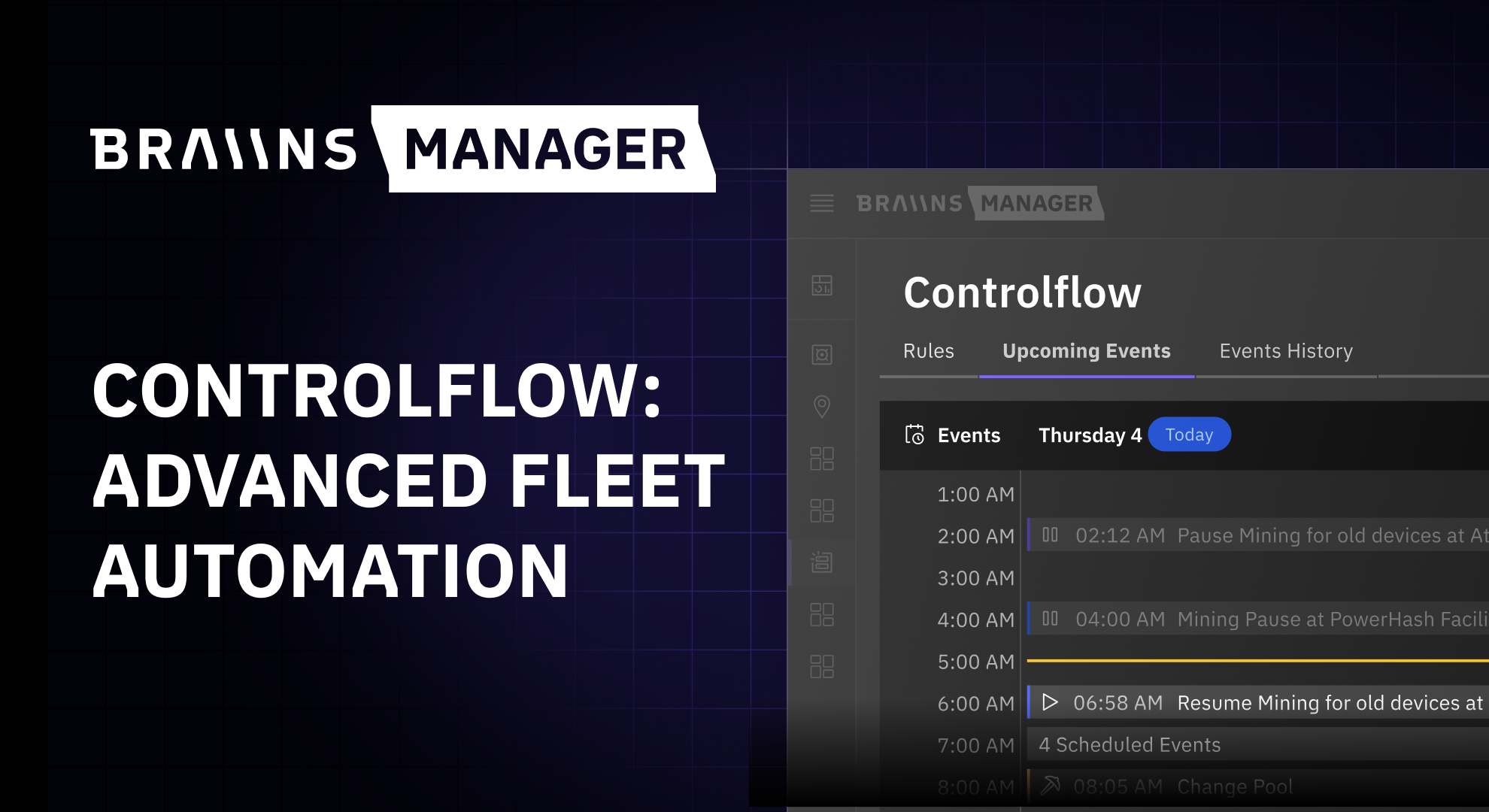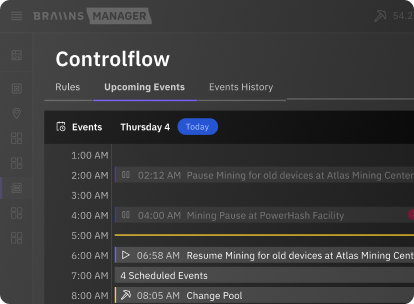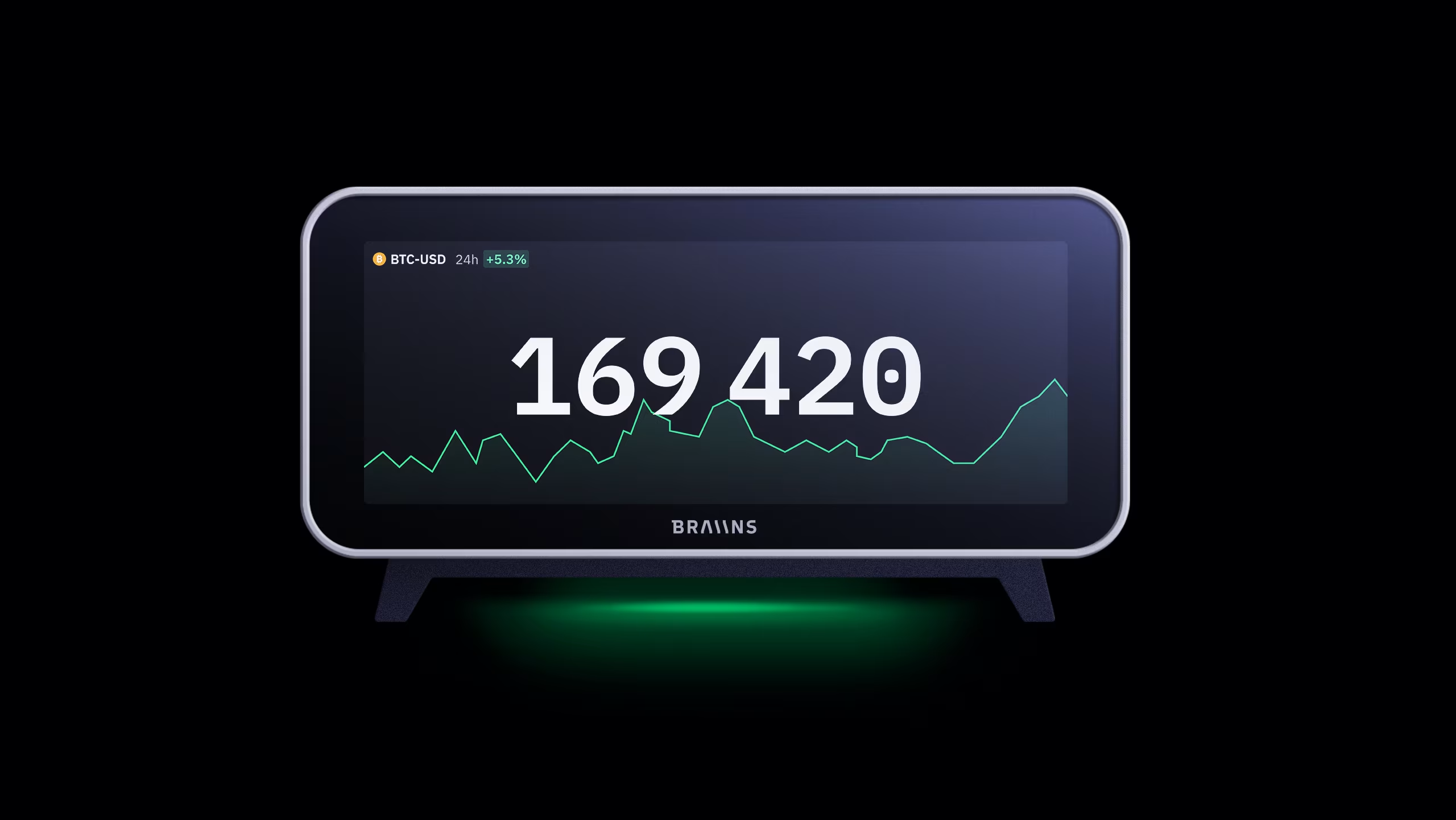Braiins Acquired Remaining Stake in Braiins Pool, Slush Focusing on SatoshiLabs
Published
29.12.2021
Braiins becomes the full owner of the world's first Bitcoin mining pool. Learn what this means for miners.

Table of Contents
Tuesday, 1 September, 2020: Braiins Systems s.r.o. acquires the remaining ownership stake in Braiins Pool from the pool’s founder, Marek Palatinus, nicknamed Slush.
The acquisition comes as Braiins, led by Jan Capek and Pavel Moravec, have shifted their focus towards building out a full-stack solution for the future mining industry, with the pool being only one component. In terms of the pool operations, nothing will change, as Braiins has been the sole operator of the pool since taking a majority stake in 2013.
Braiins on the next 10 years of Bitcoin mining - Bitcoin Magazine.
The whole team at Braiins would like to thank Marek for all of his contributions to the pool as founder and sole operator from December 2010 - April 2013. Braiins Pool is one of the oldest businesses in the entire Bitcoin ecosystem, operating in perhaps its most competitive industry, mining. This longevity is thanks in large part to the truly countless hours spent by Marek on operating the pool through its early years.
The full story of Braiins Pool, Braiins, and Slush
2010 - 2012: The beginnings of the pool and Braiins
Just over 10 years ago in December of 2010, Marek “Slush” Palatinus launched the first ever Bitcoin mining pool in Prague, Czech Republic. It was initially called Bitcoin.cz Mining Pool, and in many ways it helped give birth to the modern mining industry.
Soon afterwards, Pavel Moravec and Jan Capek decided to form their own IT company in Prague, leveraging their backgrounds in the IT banking sector and embedded engineering. This company was named Braiins, and initially focussed on embedded software R&D. Meanwhile, Marek began sharing some of his Bitcoin knowledge with Pavel, who gradually became more interested in the idea.
As time went on, the demands of operating the mining pool continued to grow. Beyond just the technical requirements of maintaining pool infrastructure, there were few sophisticated solutions back then for private key management, and Bitcoin businesses were under near-constant attack from hackers. In March of 2012, the pool’s Linode servers were hacked and 3,000 BTC were emptied from the pool wallet. This hack and many others occurring around that time illustrated the clear need for better ways to store bitcoins, and for the pool to graduate from a one-man show to a dedicated team.
2013 - 2016: Pool’s new era; Braiins gains majority stake in the pool
Recognizing this demand for better cold storage, Marek and his future partners at SatoshiLabs began thinking about more secure and intuitive cryptocurrency storage solutions, an idea which eventually became Trezor. However, he was still working full-time on the mining pool, and there was hardly any free time left over for other endeavors. So, in 2013, Pavel and Jan decided to shift into the Bitcoin industry full-time and Braiins acquired a majority share in the mining pool while taking over 100% of its operations, allowing Marek to focus on Trezor with SatoshiLabs.
In the years that followed, both Bitcoin businesses saw great success. The Braiins team professionalized the mining pool, improving the infrastructure robustness as well as introducing a miner monitoring system and a community voting mechanism. SatoshiLabs launched the Trezor One, the first-ever cryptocurrency hardware wallet.
By 2016, the pool was ready for a rebranding to reflect all the improvements that had taken place since 2010. And so, with many in the community already referring to it as “Slush’s pool”, the name choice was clear — Bitcoin.cz Mining Pool became Slush Pool.
Of course, the following year was a huge one for Bitcoin, as the scaling wars came to their conclusion with the Bitcoin Cash hard fork and BTC price reached its then all-time high just below $20k. At the same time, mining centralization concerns were growing, largely due to the dominance of Bitmain as a hardware manufacturer and mining pool operator.
2017 - 2019: Braiins and SatoshiLabs take on new projects
In order to fight against that centralization trend, Braiins went back to its original bread and butter, embedded engineering. Led by Jan, Braiins verified the overt AsicBoost capability in Antminer S9s and developed the first fully open-source ASIC firmware enabling AsicBoost, Braiins OS, which launched in 2018. As Jan’s focus stayed primarily on firmware, Pavel remained the lead on Slush Pool and also started a new project that’s set to launch in 2021.
Meanwhile, SatoshiLabs expanded the scope of their business as well, developing the Trezor Model T and beginning preparations for their open-source initiative to develop transparent and secure chip, called Tropic Square, along with other initiatives such as Invity that was announced just a few weeks ago.
2020: Separate paths for Braiins and SatoshiLabs, but always Bitcoiners at heart
2020 has been an eventful year for both Braiins and SatoshiLabs. SatoshiLabs launched Tropic Square publicly, which was years in the making. Around the same time, Braiins launched Braiins OS, a commercial version of the firmware that helps miners maximize the hashrate (TH/s) of their ASICs at any power consumption level and includes a native Stratum V2 implementation.
As two Bitcoin-first businesses in Prague, a strong unofficial bond remains between Braiins and SatoshiLabs. Prague has become a global hub for innovation in the Bitcoin ecosystem, and it will continue to be so for many years to come. Thank you Marek for everything you’ve done for us and for Bitcoin, and here’s to our fellow Bitcoiners at SatoshiLabs — there is still much building to be done! Onwards!
Useful links
- Braiins Pool creation announcement bitcointalk.org/index.php?topic=1976.0
- Braiins Story braiins.com/story
- SatoshiLabs Story satoshilabs.com/our-story.html
Categories
Be the first to know!
Read Privacy Policy.
More from
Braiins News
Most Recent Articles
.png)
The Best Bitcoin Conferences & Events of 2026
29.12.2025

Introducing Controlflow: Advanced Automation in Braiins Manager
9.12.2025



